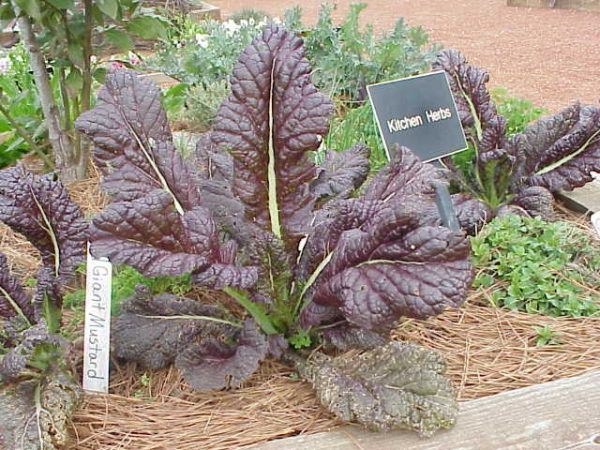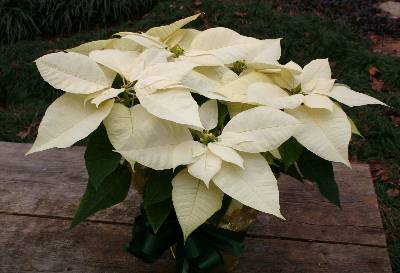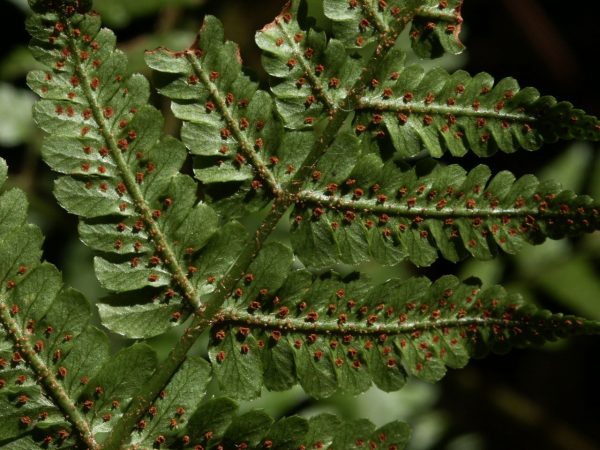Mustard Greens

Brassica juncea
This leafy relative of cabbage and collards is grown early in the season and also as a fall crop. Mustard, close in popularity to collards and turnips, is an important green vegetable in southern gardens and one of the constituents of traditional southern cooking.
• Much more information can be found in The Georgia Fruit & Vegetable Book by Walter Reeves and Felder Rushing
• See also:
WHEN TO PLANT
Seed directly in the garden about 21 days before the frost-free date (average date of last frost). For continuous production, sow seed every 3 weeks until warm weather arrives. Sow again starting in August for a fall and early winter crop.
WHERE TO PLANT
Mustard prefers full sun (8 to 10 hours will suffice), although it is often grown in partial shade (filtered sun all day or shade part of the day) with good results. The leaves will be larger and thinner in shade. Providing a location with good drainage will reduce disease problems.
HOW TO PLANT
Apply a complete garden fertilizer, such as 10-10-10, at a rate of 11/2 pounds per 100 square feet of garden. Spade or rototill the soil. (See “Soil Preparation” in the introduction to the vegetable garden.) In rows, sow seed 15 to 20 inches apart. In a bed, sow seed in rows 10 to 12 inches apart across the bed. Thin the seedlings to 6 inches apart. Many old-time gardeners broadcast-sow mustard in beds and thin the seedlings as they develop. They don’t waste the ones they pull out because they put them in the soup pot. If root maggots have been a problem in the past and your previous crops have suffered damage, treat the soil with an approved garden insecticide, mixing it according to label directions, before sowing the seed.
CARE AND MAINTENANCE
Mustard that is well-watered can be very productive; provide 1 inch of water per week if insufficient rain falls. Control weeds by careful hoeing or pulling. Pests and diseases may affect the plantings. Prevent infestation of cabbage worms with a biological worm spray or dust, available at most garden centers. Apply an approved garden fungicide to prevent leaf spot diseases when the first symptoms appear. Eliminate black rot and blackleg diseases by planting disease-resistant varieties and by rotating the Brassica crops (cabbage, collards, Brussels sprouts, broccoli, Chinese cabbage, etc.) to other areas of the garden each year.
ADDITIONAL INFORMATION
Harvest individual leaves when they are large enough for your use, or harvest the entire plant when leaves are full size. Warm weather will cause the plants to bolt (send up flower stalks). Pull out the plants when this happens, then work the soil and prepare to sow another crop for fall.
VARIETIES
Varieties
Days to Maturity
Comments
Florida Broadleaf
45 days
Large, thick, smooth leaves with light midribs
Tendergreen
35-40 days
Combines flavor of spinach and mustard. Drought-resistant and slow to bolt
Green Wave
45 days
Curled leaves, slow to bolt.
Savannah
35 days
Vigorous, slow to bolt.
Southern Giant
50 days
Brightly colored Curled curly leaves, slow to bolt.











